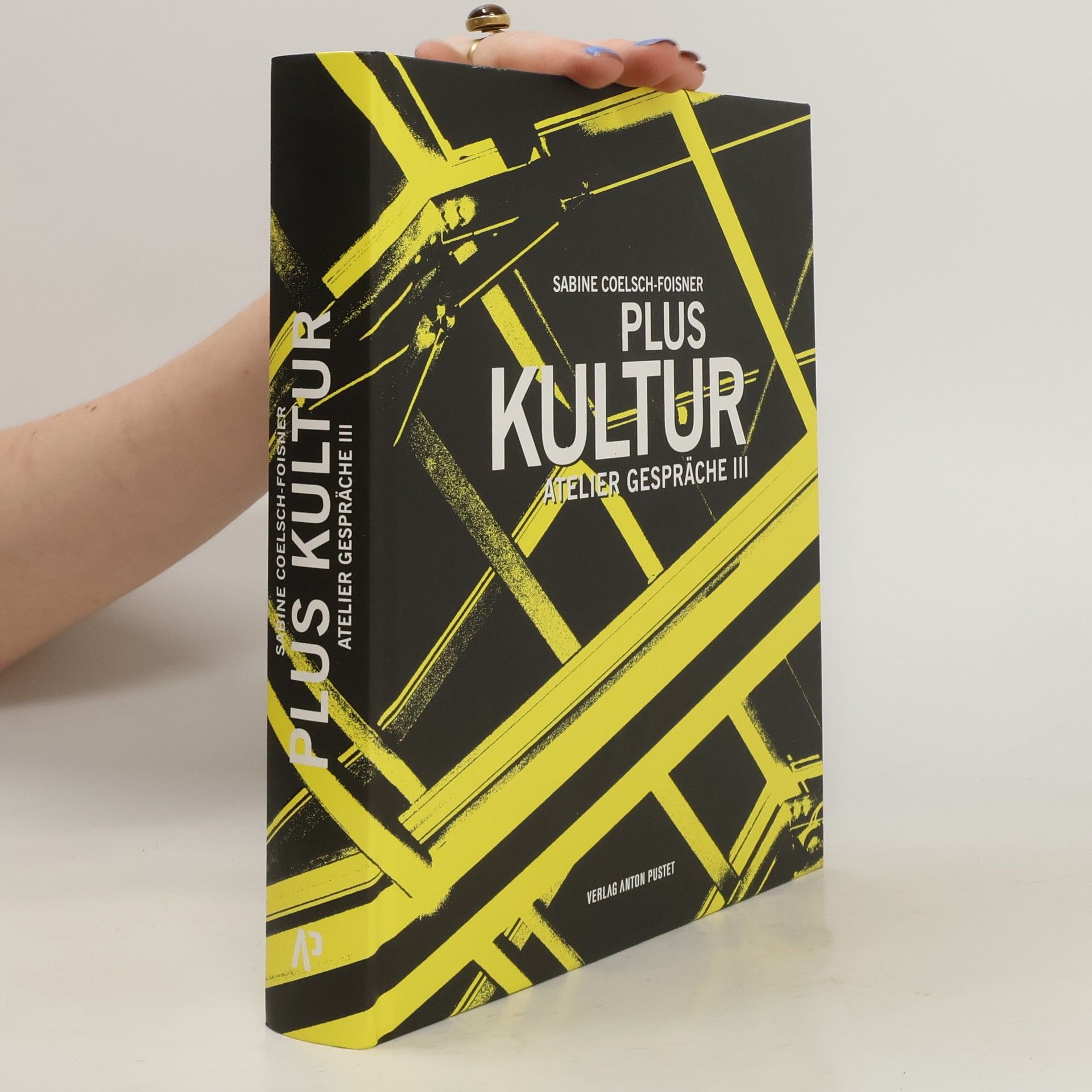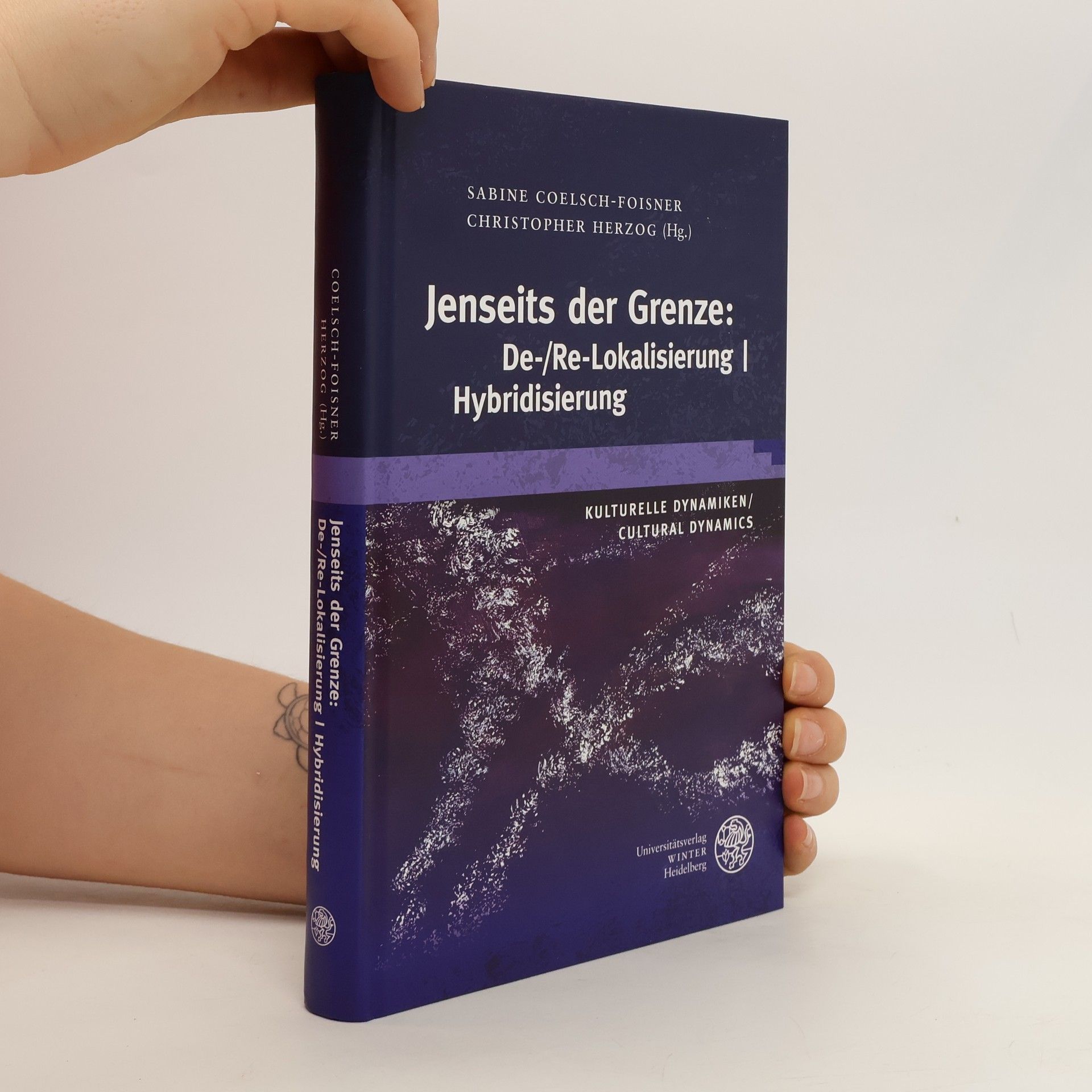The study privileges the puppet as a new and revealing point of access to contemporary critical debates regarding performance, genre, affect, aesthetics, cultural production, political activism and the nonhuman studies. The contributors address a striking range of performance histories, aesthetic movements and theoretical positions, from the Arabic influence on Iberian shadow puppetry to the position of the puppet in post-Revolutionary Iran and the American anti-war movement; from the puppet’s central role in the development of European theatre to avant-garde and modernist anti-theatre; from the puppet’s place in the histories of visual art and experimental film to critiques of mass media. By paying careful attention to the specific roles and varieties of puppets in these diverse historical, political and cultural contexts, the collection provides new insights into the practices, aesthetics and ethics of puppet theatre, which serve, in turn, to interrogate anew the relationships between the human and the nonhuman, the material and the immaterial, the uncanny and the sublime.
Sabine Coelsch Foisner Book order






- 2023
- 2023
Die Studie fasst Kreativität als Kunstprinzip, kulturelles Phänomen und genuines Prinzip der Existenz. Als Begriff für beobachtete Phänomene in Kultur und Natur – für das Sprunghafte, Dynamische, Unvorhersehbare – scheint sich Kreativität der Prognose und der Logik zu entziehen. Angesichts dieser radikalen Offenheit zielen die Erklärungsansätze auf prekäre Gegenwartsthemen zwischen Welterschaffung und Welterhaltung, Individuum und Gemeinschaft: das Verhältnis von biologischer Evolution und menschlicher Kreativität im Kampf gegen Viren, die Bedeutung von Alertheit und Ästhetik bei Evidenzmangel am Beispiel von Long-COVID, Überraschungen in der Erforschung des Universums, das Verhältnis von Schöpfungsmythen und Kunst, die Bedeutung immaterialrechtlicher Schutzsysteme und das Risiko des Scheiterns am Beispiel der übersteigerten Ambition eines vergessenen Kantkritikers. In diesem Spannungsfeld zwischen radikalem Konstruktivismus und radikalem Prädeterminismus fordern künstlerische Selbstreflexion und die Synergien von Wissenschaft und Kunst erhöhte Aufmerksamkeit.
- 2023
Während die künstlerische Praxis paradigmatisch auf Andersheit zielt, stellt sich für die Wissenschaft die Frage nach dem Neuen in der Welt und wie die Gesellschaft damit umgeht. Aktuellen Anlass liefern Bio/Nano-Hybride und Mensch-Kunststoff-Interaktionen, multikulturelle Gesellschaften, städtebauliche Fragmentierung und touristische Inszenierungen, die Vermarktung religiöser Produkte, die Implementierung globaler Bildungsstandards sowie politische Überschreibungen von Territorien. In allen Bereichen geht es um das Überschreiten von Grenzen – zwischen Natur und Technik, dem Eigenen und dem Fremden, aber auch zwischen Medien und Begrifflichkeiten. Hybridisierung und De-/Re-Lokalisierung bilden den konzeptuellen Rahmen, um den kritischen und kreativen Impakt von Grenzen im Hinblick auf die großen aktuellen Themen Identität, Solidarität, Gerechtigkeit und Teilhabe transdisziplinär zu beforschen. Konzept-Kunst, Literatur, Regie, Filmschnitt und BioArt veranschaulichen die Brisanz solcher Grenzgänge.
- 2015
Wie klingt vertonte Skulptur? Warum wird Odysseus von Frauen angeklagt? Wie kommt der Film zur veristischen Oper? Und kann ein Narr denn tragisch sein? In 32 neuen Beiträgen vermitteln die Atelier Gespräche spannende Einblicke in aktuelle künstlerische Produktionen. Reich bebildert, mit Interviews, Vorträgen und persönlichen Künstlerstatements verbindet PLUS Kultur Forschung mit künstlerischer Praxis und widmet sich, weit über einen Streifzug durch die Salzburger Kunstszene hinaus, Werken von Shakespeare bis Christoph Ransmayr und Elfriede Jelinek, von Mozart und Gluck bis Verdi, Mascagni und Leoncavallo sowie Richard Strauss, der Kirchenoper und der Revue, dem Theater und dem Ballett, der Skulptur, der Kalligraphie und der Konzeptkunst. Im Mittelpunkt stehen unter anderem: Senta Berger, Daniel Hope, Sven-Eric Bechtolf, Philipp Stölzl, Rebecca Saunders, John Axelrod, Simon Steen-Andersen, Isabel Mundry, Gregory Ahss, Tanja Boukal, Biliana Tzinlikova, Benjamin Schmid, Peter Breuer, Anna Yanchuk, Martina Segna, Amélie Niermeyer, Helmut Lachenmann, Henry Mason u. v. m.
- 2010
Leidenschaft und Laster
Akten der Tagungen des IRCM an der Universität Salzburg 'Die Schöne und das Ungeheuer aus dem Blickwinkel der Metamorphose' (2006) und 'Die Kunst zwischen Tugend und Sünde' (2007) in Kooperation mit der Universität Mozarteum und der Residenzgalerie
- 223 pages
- 8 hours of reading
Der vorliegende Band 'Leidenschaft und Laster' ist das Ergebnis von zwei interdisziplinären Tagungen, die in Kooperation zwischen der Universität Salzburg und der Residenzgalerie veranstaltet wurden. Ziel war es, aktuelle Ausstellungen der Residenzgalerie - 'Die Schöne und das Ungeheuer: Geschichten ungewöhnlicher Liebespaare' (2007) und 'Sünde: Süße Laster - Lässliche Moral in der bildenden Kunst' (2008) - aus der Perspektive des Wandels zu beleuchten. Besonderes Augenmerk gilt der ständigen Verwandlung von Motiven und künstlerischen Darstellungsweisen ebenso wie der künstlerischen und mentalitätsgeschichtlichen Durchgängigkeit von Motiven, Figuren und Strukturen. Ausgehend von unterschiedlichen Kulturräumen, Epochen und Gattungen widmen sich die Beiträge drei Themenbereichen: „Tugend und Sünde“, „Verhängnisvolle Schönheit“ und „Die Schöne und das Ungeheuer“.
- 2009
Ovid's Metamorphoses in English poetry
- 303 pages
- 11 hours of reading
This volume deals with the metamorphoses of Ovid's 'Metamorphoses' in English poetry, from the Middle Ages to the late twentieth century. Its focus is on the dynamics of literature, more specially on questions of the repetition and alteration of particular myths, on their continuity and discontinuity in changing cultural and social climates, on how recognition works both intertextually, as in the case of Lavinia in Shakespeare's 'Titus Andronicus', and extratextually, as in case of Niobe becoming a role model for women who have stood up against oppression. For this purpose, creative reception is held to include the wide spectrum from translation to allusion, or from re-telling to cover reference, and involves generic questions as well as issues of narration and subjectivity, storyline, characters and motifs, names and topographies. With its meanderings, parallel currents and turns, its blanks, ruptures and paradoxes, the history of Ovid's reception in English poetry is itself emblematic of the epic's inherent dynamics.